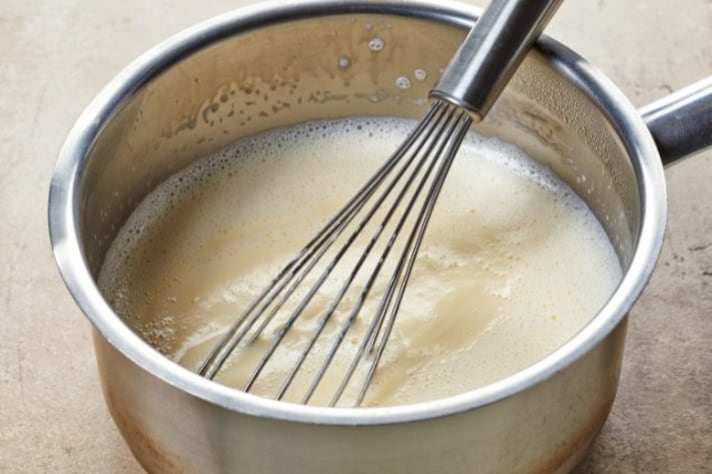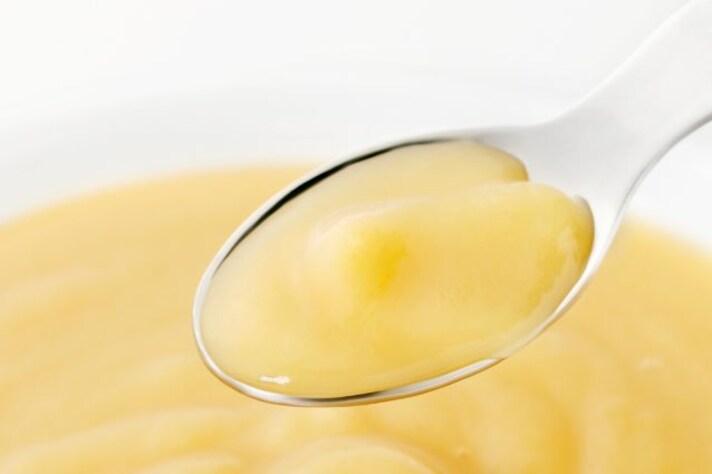
Crème anglaise is a rich and velvety custard sauce often mistaken for its thicker counterpart, custard. While both share similar ingredients and preparation techniques, they have a crucial distinction: they must never be boiled. Unlike a regular custard that thickens into a creamy pudding, crème anglaise remains a pourable sauce. However, just like custard, it comes with its own set of challenges—chief among them, the risk of turning into scrambled eggs if boiled. Let's dive into why boiling crème anglaise is a culinary sin and how to handle it correctly for that perfect, silky finish.
Why Boiling Crème Anglaise Is a Recipe for Disaster
Crème anglaise is a delicate emulsion of egg yolks, sugar, and milk or cream. The eggs provide the sauce's luxurious texture, but they also make it highly sensitive to temperature. When making crème anglaise, the goal is to gently heat the mixture just enough to thicken it without curdling the eggs. Boiling it, however, causes the proteins in the eggs to coagulate too rapidly, leading to curdling. The result? A lumpy, unappetizing mess that more closely resembles scrambled eggs than a smooth, luxurious sauce. This unfortunate outcome is why boiling crème anglaise is considered a culinary blunder of the highest order.

What Happens When You Boil Crème Anglaise
If crème anglaise is allowed to reach a boiling point, the high heat causes the delicate proteins in the egg yolks to seize up and separate from the liquid. This process is irreversible; once the sauce curdles, it cannot be brought back to its smooth state. The beautiful, glossy custard sauce you were aiming for transforms into a gritty, watery mixture dotted with eggy curds. Not exactly the refined dessert you had in mind! Besides ruining the texture, boiling can also compromise the flavor, leaving a slightly eggy taste that's far from the subtle sweetness you're aiming for. It's a surefire way to turn a sophisticated dessert into a kitchen disaster.

The Correct Way to Handle Crème Anglaise
To achieve that perfect crème anglaise, it's essential to control the heat carefully. The mixture should be gently heated over medium-low heat, ideally in a double boiler to prevent direct contact with the heat source. Stir constantly with a wooden spoon or heat-resistant spatula to ensure even cooking. The goal is to reach a temperature of around 170-175°F (77-80°C). At this point, the sauce will have thickened enough to coat the back of a spoon, and when you run your finger through it, the line should remain clear. For those without a thermometer, a good visual cue is to watch for a slight thickening and a glossy finish without any signs of bubbling. Once it reaches this point, immediately remove it from the heat and strain it through a fine-mesh sieve to catch any small curdles that may have formed. This ensures a silky smooth texture, perfect for drizzling over desserts or serving alongside fresh fruit.
;Resize,width=767;)
